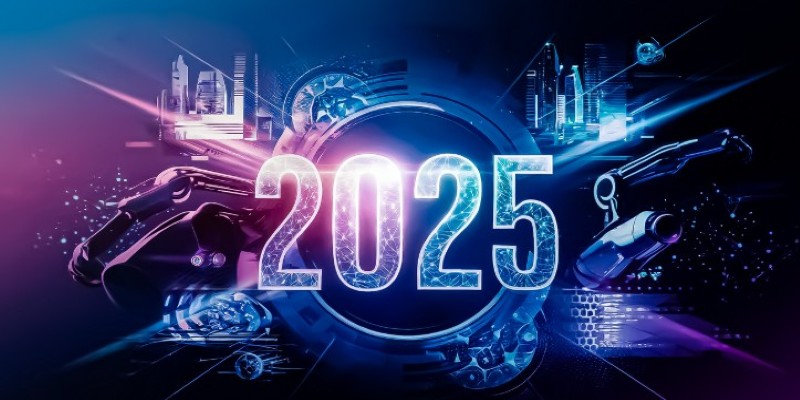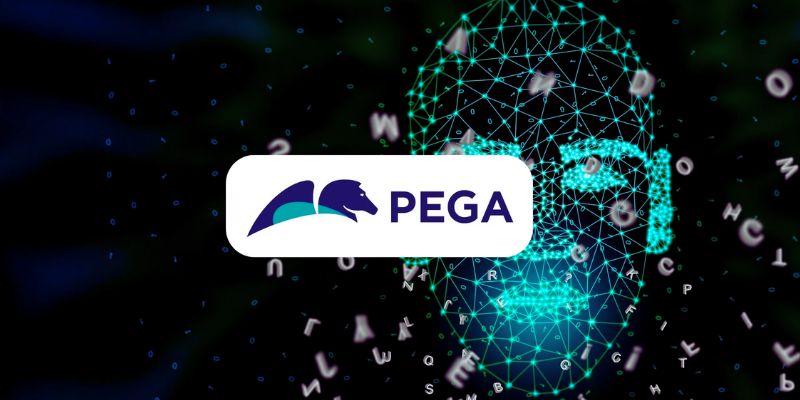Technology has a way of reshaping how we handle everyday tasks without us even realizing it at first. One minute, we're shuffling through endless piles of paper, and the next, we're watching machines organize, read, and even understand documents better than we do in a world where speed and precision matter more than ever; outdated document handling just doesn't cut it anymore. Microsoft's UDOP, which brings Integrated DocumentAI into the spotlight, fits perfectly into this quiet shift. It’s designed to make document handling smarter, faster, and, quite honestly, much less painful.
Let’s talk about what UDOP really is, why it matters, and how it’s stepping into the future of document management with a quiet sort of confidence.
What Exactly Is Microsoft’s UDOP?
UDOP stands for Unified Data Operations Platform, but what grabs attention is how it blends document understanding into a single system. Instead of juggling different tools for scanning, processing, analyzing, and managing documents, UDOP ties them together into one flow. Think of it like having a full team that speaks the same language, working side-by-side without stepping on each other's toes.
Microsoft designed UDOP with a strong focus on real-world use. It isn’t just about recognizing text in a PDF or scanning a receipt. It digs deeper—pulling out key pieces of information, spotting patterns, and helping businesses act faster without second-guessing what the data means. That’s a huge deal for companies swimming in forms, contracts, reports, and client communications.
The best part? It doesn’t expect perfection. UDOP is built to work with messy, imperfect documents—the kind we all deal with every day.
How Integrated DocumentAI Changes the Game
At the center of UDOP is Integrated DocumentAI. This isn’t just "OCR on steroids"—it’s a full rethink of how documents are handled digitally. DocumentAI doesn’t stop at reading words on a page; it understands the context around them.
Let’s break it down:
Semantic Understanding: Instead of guessing what a document might mean based on keywords, it actually looks at how words and phrases connect. It can tell when "effective date" in a contract isn’t just random words but something legally important.

Multi-Layered Processing: It processes a document at multiple levels. First, it picks up the raw text. Then, it identifies important pieces—names, dates, invoice numbers, totals—and slots them into the right categories automatically.
Learning From Feedback: Every correction or tweak someone makes helps DocumentAI get smarter. So, if it ever misses something the first time, the odds it’ll miss it again drop significantly.
And this isn’t limited to English. Integrated DocumentAI is designed to work across multiple languages, accents, and writing styles, opening the door for global use without heavy customization.
It’s fair to say that DocumentAI takes the grunt work out of document processing while still leaving humans to make the big decisions.
Where UDOP Is Already Making a Difference
While the idea sounds great, the real measure of success is where and how it's already working. Several industries are finding ways to quietly plug UDOP into their existing systems, making noticeable improvements without needing a full system reboot.
Banking and Finance
Banks are no strangers to endless paperwork. Loan applications, client forms, contracts—the list goes on. UDOP steps in to automate form intake, read handwritten notes, validate identities, and help flag possible mistakes early. That saves hours, reduces errors, and speeds up the approval process.
Healthcare
Hospitals and clinics deal with massive amounts of data tucked into patient forms, insurance documents, and lab reports. UDOP helps pull out critical details—like patient allergies or prior conditions—fast and accurately. This means doctors and nurses spend less time hunting through files and more time focusing on actual care.
Legal Sector
Law firms are turning to UDOP to help process case files, extract clauses from contracts, and organize discovery documents. It doesn’t replace the nuanced work lawyers do, but it clears a lot of the clutter that slows them down.
Government and Public Services
Public offices are starting to use UDOP to scan old paper records into searchable digital archives. It’s not just about saving storage space—it’s about making decades of information usable again.
Each of these examples shows how Integrated DocumentAI finds a balance: letting organizations work smarter without forcing a complete tech overhaul.
How UDOP Stands Out From Other Tools

There are plenty of document processing tools out there, so what makes UDOP different? A few things stand out:
True Integration: Most tools do one or two things well. UDOP ties every part of the process together—from intake to storage to analysis—without users needing to jump between apps.
Human-AI Collaboration: UDOP doesn’t pretend to be perfect or try to replace human workers. It’s built around the idea that people and AI can work together, with humans guiding and correcting when needed.
Adaptability: Whether you’re processing tax forms, construction permits, or research papers, UDOP can adjust without heavy retraining.
Security and Compliance: Microsoft knows the weight of data privacy. UDOP comes with built-in features to meet GDPR, HIPAA, and other regulatory standards right out of the box.
These small but meaningful differences add up when businesses think about what they really need day-to-day—not just what looks good in a demo.
Wrapping It Up
Microsoft’s UDOP, with Integrated DocumentAI at its core, is quietly transforming document management into something far more efficient, accurate, and human-friendly. It’s not aiming to replace people—it’s here to support them by handling repetitive, time-consuming tasks so teams can focus on work that truly requires judgment and expertise.
Whether you’re in finance, healthcare, law, or public service, UDOP adapts without demanding a total tech overhaul. Its strength lies in practical execution: smart automation, seamless integration, and human-AI collaboration. For companies overwhelmed by paperwork or slow digital processes, UDOP offers a reliable, scalable path forward—less stress, more productivity, and real results without the growing pains.











